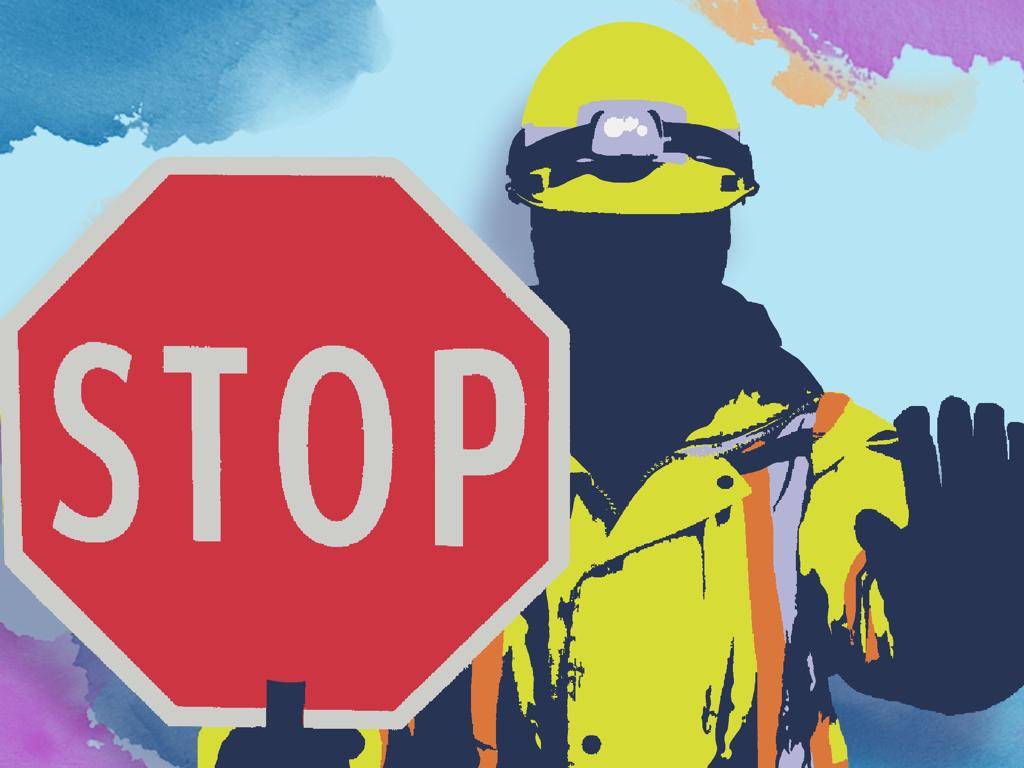Every single creation of cinema has similarities. No, I won’t hear your arguments on why even your most favourite European art house Goddardesque masterpiece should be considered a lone contender in all things film. You’re just wrong. The very essence of film follows a three-act plot structure regardless of how avant-garde the director wants this order to be – looking at you, Gasper Noe. Film follows a premise. But I’m not here to talk about the prominence of a premise today; you’re smart, and you already know its importance. I’m here to bring light to another reoccurring aspect of film that gets none of the credit it very rightfully deserves, the power of the pause.
Pause in Dialogue
To begin this ramble of sorts, we can analyze how a pause in dialogue can reengage an audience’s focus – when used skillfully. Films intentionally take breaks from characters’ conversations when they want attention focused on an essential aspect of an action or object. You must realize that before a movie is even made, the script has gone through, at the very minimum, 4 to 5 rewrites, at least two variations of a storyboard, mood boards and a shot list. This means the director knows precisely when and where the critical moments will be.
One very successful usage of a break in dialogue is the highly controversial (for its time, at least) Basic Instinct. In a highly *ahem* memorable moment, Sharon Stone’s character Catherine Tramell uncrosses her legs during a police interrogation, giving the detectives and the audience an almost clear view of her…well, everything. This wasn’t a little moment of raunchiness director Paul Verhoeven wanted to tease the audience with. This was a directional choice hand-picked by an entire pre-production team to amplify the character’s seductiveness and automatically draw attention to her.
Another masterful example is the HBO original series Sharp Objects (spoiler alert, although it came out in 2018, so come on). The finale of the series finds Amy Adams’s character Camille examining in horror her younger sister’s doll house, where she sees the floor made of human teeth, victims of her sister Amma, who enters the room to find this and after a pause of no less than five seconds silently begs for Camille to “don’t tell Mama.” Both these examples utilize the pause as a means of a reveal, for lack of a better word, which further enhances the movie’s storytelling.
Pause in Action
The power of the pause is not entirely reliant on a pause in the dialogue. It can also be found in a pause in the action. In terms of a film definition, action is anything happening on screen that can be acted out. In the ending of Fight Club, where our protagonist Edward Norton and his love interest Marla, played by Helena Botham-Carter, silently hold hands while the city around them is blown to bits, they pause in action purposefully. David Fincher wants the audience to be like them, act like them, to be still and in shock as the very structure of urban development crumbles.
Bong Joon-ho’s multi-award-winning film Parasite is filled to the brim with moments like these, little pauses in action that generate the eerie and uncomfortable feeling the film was so rightfully rewarded for. One such moment has the young son of the house eating a cake alone at midnight in the kitchen. At this point, he sees a stranger staring at him from the stairs leading to the basement. The head of the stranger does not make a sound; in fact, it doesn’t move at all. Action is paused. It’s gross and unnerving in all the best ways, and both these pauses in action truly cement these films as forerunners in what it means to be a good story.
Now you may be wondering, why are we talking about film here? Well, film is just the 100ish year young method of storytelling. Film, in my opinion, stems as the love child of 20th-century art and literature. It has been used to propagandize and romance society for generations. We can only learn from film’s structure today and incorporate that in our own moments of storytelling.
Let’s put this into a current example; imagine you’re out with your mates at the pub and telling a hilarious story on some event at work; how do you keep them engaged? How do you stop your friends from stopping mid-conversation from looking at their phones or ordering another drink? You pace out your story, and you PAUSE. You pause before the big reveal, you pause to tease them along, making them want more, and you pause before the punch line. Now this can be incorporated anywhere, in any environment requiring storytelling. A job interview? Pause before the witty comment on your previous boss. Major presentation? Pause before the ending stats.
I can’t use film to teach you confidence or conversational skills; film is too curated as an environment for that. It is not natural, whereas real life is. But for the love of God, PAUSE, breathe, regather the attention, then become your own version of Sharon Stone and go in for the big reveal.
(This is a guest post by (aspiring) Film Director Declan Miles)

